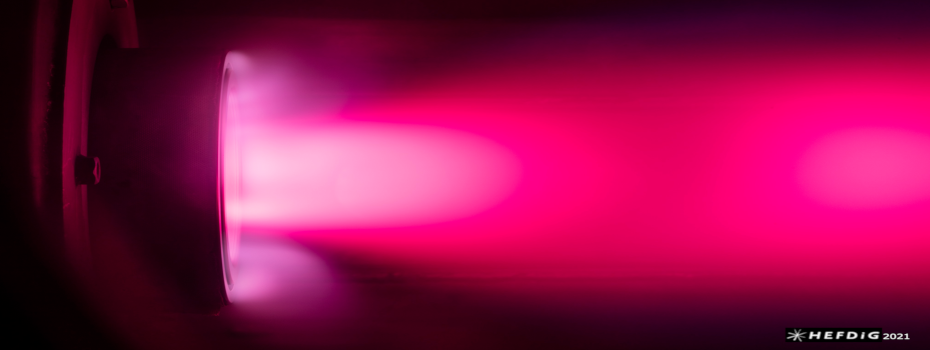Speaker
Description
The recording of meteor spectra allows a better understanding of meteoric composition and in doing so, also the composition of the parent body [1-2]. The composition of a meteoroid is measured by analyzing the measured radiating species with a simulation software for emission spectra. One software is PARADE (Plasma Radiation Database), a line-by-line emission calculation tool [3]. This software was originally developed for the analysis of re-entry radiation of spacecraft. Recently, atoms and molecules (Na, K, Ti, V, Cr, Mn, Fe, Ca, Ni, Co, Mg, Si, Li, AlO, TiO) commonly found in meteor spectra have been added to PARADE [4], therefore enabling a more precise assessment of the observed spectra. Molecules such as MgO, also observed in the radiative cloud of meteor [5], are still missing in the database. This work presents the extension of PARADE with the MgO molecule.
The PARADE data base is extended by the electronical, vibrational and rotational energy levels of MgO (X1Σ+, A1Π, B1Σ+) [6-10] and the transitions between them (B1Σ+→X1Σ+ and B1Σ+→A1Π) [11-14]. Moreover, the Franck-Condon factor, r-centroids and complete transition moments of the two transitions were interpolated and extrapolated to fill in a comprehensive MgO data file. The spectra computation is operated by the PARADE software for given plasma temperatures and yields the emission coefficient of the molecule [3-4]. Preliminary experiments have been conducted to validate the emission spectra of MgO, and further experiments are planned to improve the recorded spectra by optimizing the conditions used in the plasma wind tunnel facility.
The final paper will present the computed spectra of MgO from PARADE, the comparison to experimental data and a discussion on the improvement possibilities.
Summary
The final paper will present the computed spectra of MgO from PARADE, the comparison to experimental data and a discussion on the improvement possibilities.

